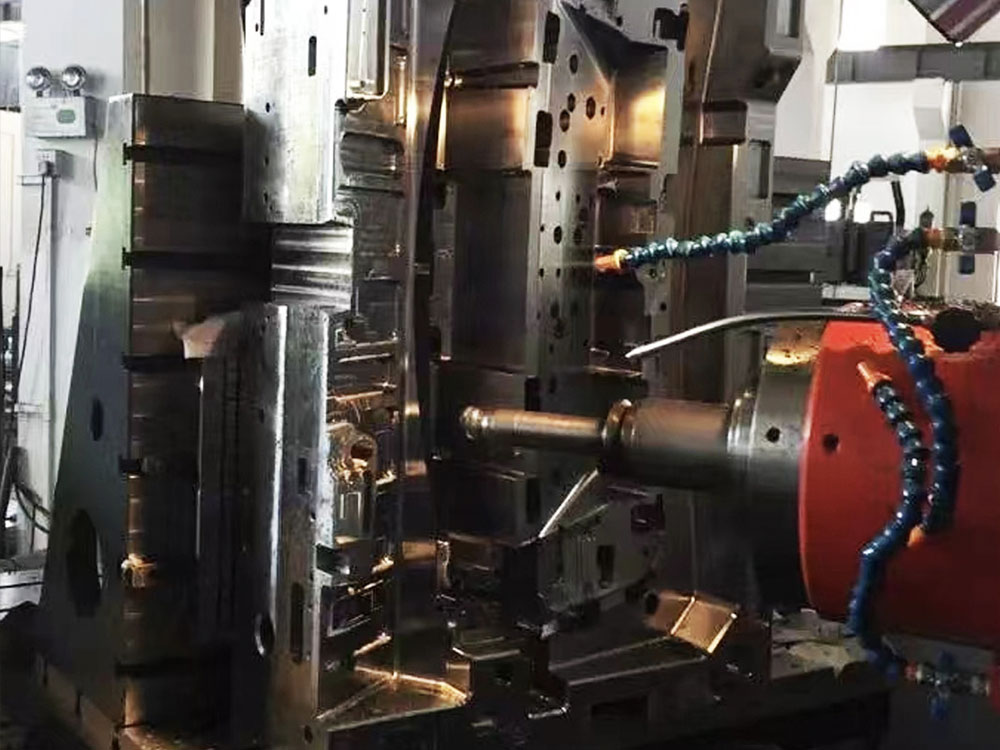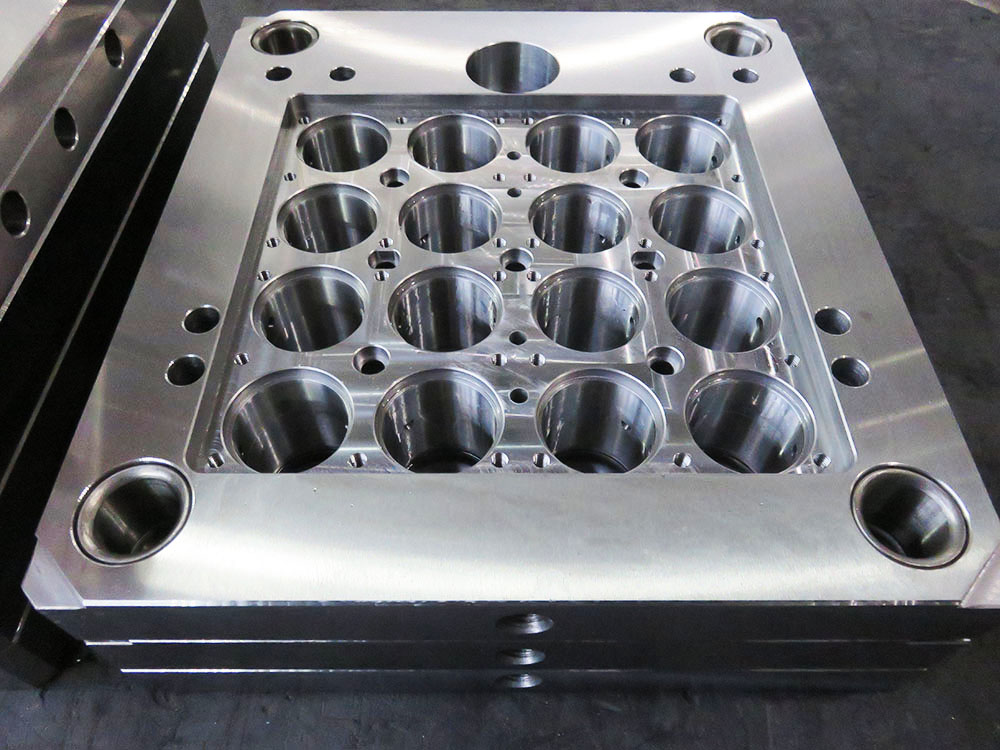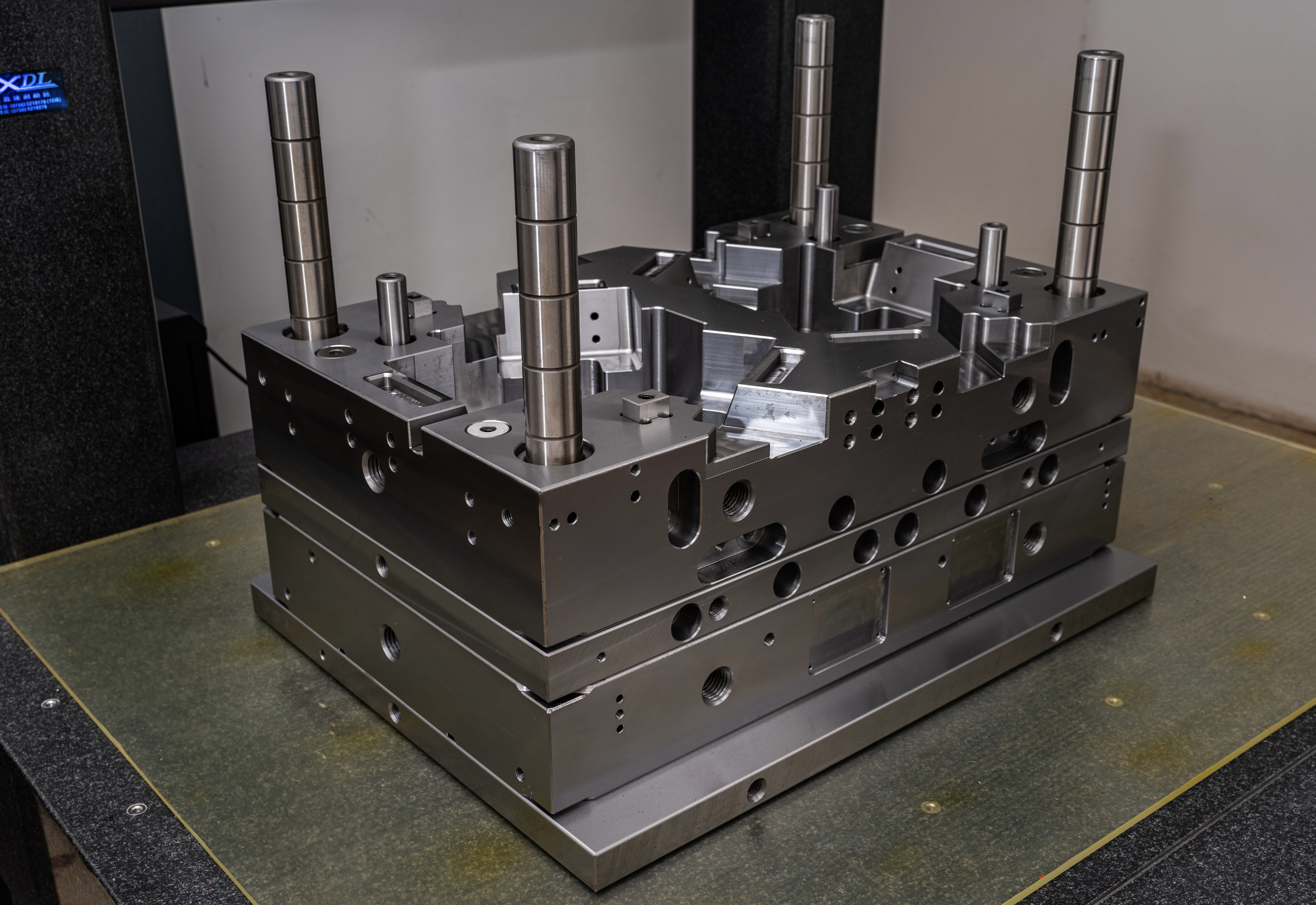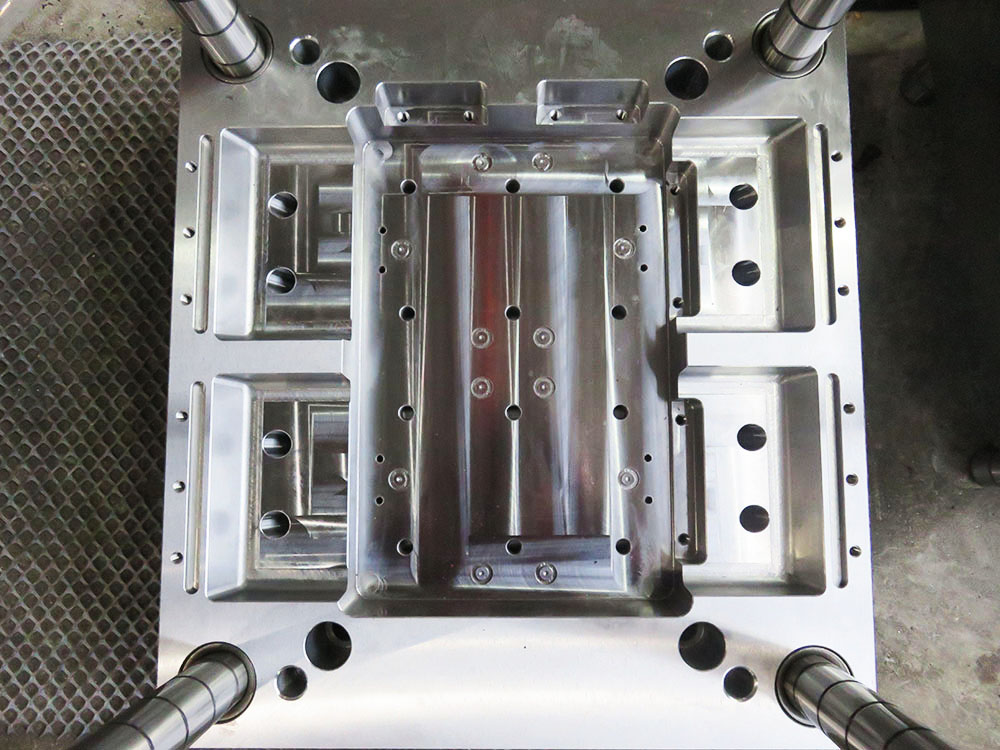How to Install Crossbars in a Carpentry Interior Formwork
Crossbars are an essential component in the construction of a carpentry interior formwork. They provide structural stability and support to the formwork, ensuring that it remains in place during the concrete pouring process. In this article, we will guide you through the installation process of crossbars in a carpentry interior formwork, ensuring a safe and efficient construction process.
Step 1: Prepare the Formwork
Before installing the crossbars, it is important to prepare the formwork properly. Start by setting up the main structure of the formwork, ensuring that it is level and securely fastened to the supporting surfaces. Make sure that all joints are tight and that the formwork is in the desired shape and size.
Step 2: Determine the Crossbar Placement
Next, determine the placement of the crossbars within the formwork. The number and spacing of the crossbars will depend on the size and complexity of the formwork. Generally, crossbars should be placed at regular intervals to ensure adequate support. You may use a measuring tape and marking tools to accurately determine the placement of the crossbars.
Step 3: Attach the Crossbars
Once the crossbar placement has been determined, it is time to attach them to the formwork. Begin by positioning the crossbars in the desired locations, ensuring that they are aligned with the markings made in the previous step. Use screws or nails to secure the crossbars to the formwork, making sure that they are tightly fastened and provide a secure connection.
Step 4: Reinforce the Crossbars
To further enhance the stability and strength of the crossbars, it is recommended to reinforce them. This can be done by adding additional support elements such as diagonal braces or wooden wedges. These reinforcements will help prevent any bending or sagging of the crossbars, ensuring that they can withstand the weight of the concrete during the pouring process.
Step 5: Test the Stability
Once all crossbars have been installed and reinforced, it is important to test the stability of the formwork. Apply pressure to various points of the formwork to ensure that it remains rigid and does not shift or move. If any instability is observed, make the necessary adjustments by tightening the screws or adding additional reinforcements.
In conclusion, the installation of crossbars in a carpentry interior formwork is a crucial step in the construction process. By following these steps, you can ensure that the formwork is structurally stable and ready for the concrete pouring process. Remember to always prioritize safety and consult with professionals if you have any doubts or concerns during the installation process.




